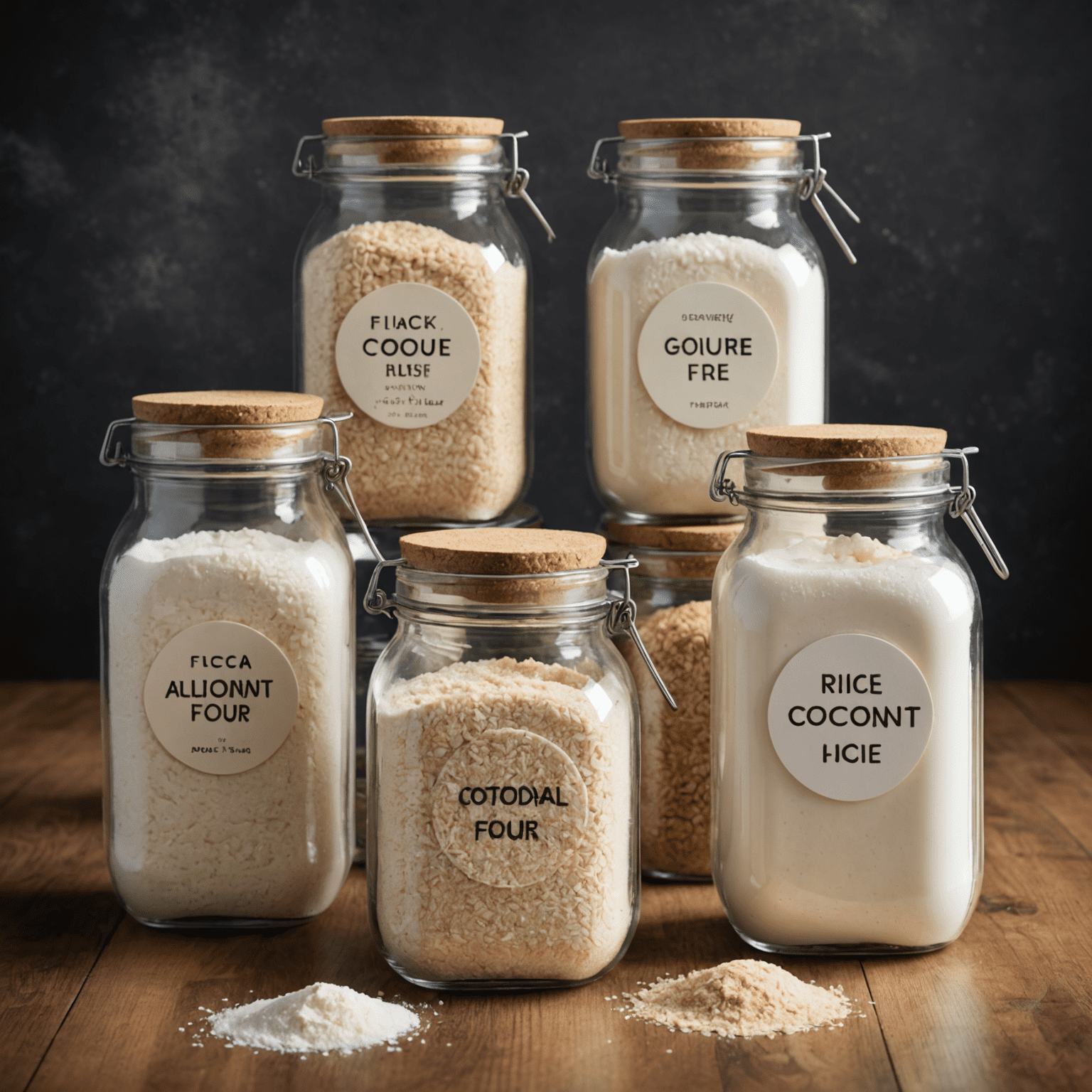Gluten-Free Baking: Delicious Alternatives for Every Palate

In the world of baking, gluten-free options have come a long way. Gone are the days when gluten-free meant compromising on taste or texture. At Bonaro Bread, we've mastered the art of creating gluten-free baked goods that are just as delectable as their wheat-based counterparts. Let's dive into the secrets of perfect gluten-free baking.
Understanding Gluten-Free Flours
The key to successful gluten-free baking lies in understanding the properties of different gluten-free flours. Each type of flour brings its own unique characteristics to the mix:
- Rice flour: Light and crispy
- Almond flour: Moist and nutty
- Coconut flour: Absorbent and slightly sweet
- Tapioca flour: Chewy and binding

The Role of Xanthan Gum
Xanthan gum is often the unsung hero in gluten-free baking. It helps to bind ingredients together, providing the elasticity that gluten typically offers. A little goes a long way – usually just a teaspoon per cup of gluten-free flour is sufficient.
Moisture is Key
Gluten-free baked goods can often be dry. To combat this, we incorporate ingredients that add moisture, such as:
- Applesauce
- Mashed bananas
- Greek yogurt
- Extra eggs

Perfecting Texture
Achieving the right texture in gluten-free baking can be challenging. Here are some tips:
- Use a mix of flours for complex textures
- Don't overmix – this can lead to dense results
- Allow batters to rest before baking to hydrate the flours
- Experiment with different ratios to find your perfect blend
Flavor Enhancements
Gluten-free flours can sometimes lack the depth of flavor found in wheat flour. We enhance flavors by:
- Adding vanilla extract or almond essence
- Incorporating spices like cinnamon or nutmeg
- Using brown sugar for a richer taste
- Adding nuts or dried fruits for texture and flavor

The Importance of Temperature
Gluten-free baked goods often require different baking temperatures and times compared to traditional recipes. We've found that:
- Lower temperatures and longer baking times often yield better results
- Using a thermometer to check internal temperature ensures doneness
- Allowing items to cool completely is crucial for texture development
Conclusion
At Bonaro Bread, we believe that everyone deserves to enjoy delicious baked goods, regardless of dietary restrictions. By mastering these techniques, we've created a range of gluten-free breads and pastries that are indistinguishable from their wheat-based counterparts. Whether you're celiac, gluten-sensitive, or simply looking to diversify your diet, our gluten-free options offer the perfect blend of taste, texture, and wholesomeness.
Remember, baking is both an art and a science. Don't be afraid to experiment and find what works best for you. With patience and practice, you'll be creating gluten-free masterpieces in no time!